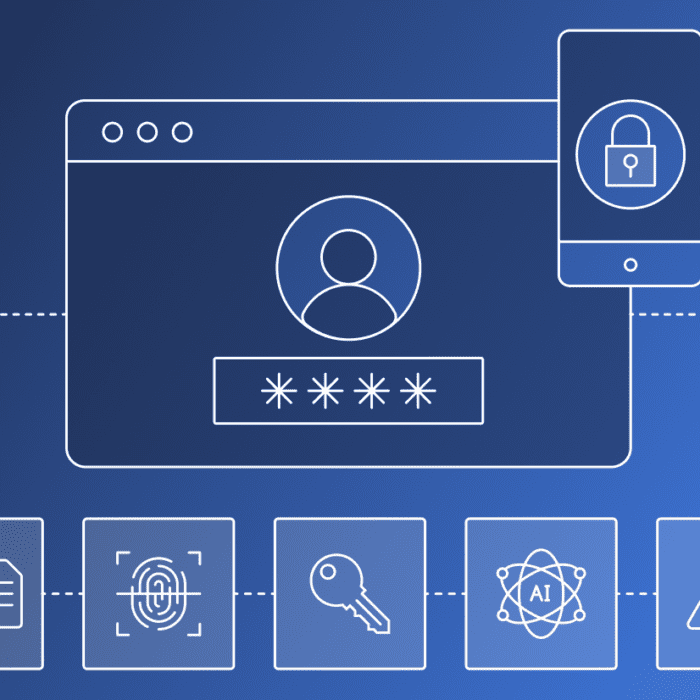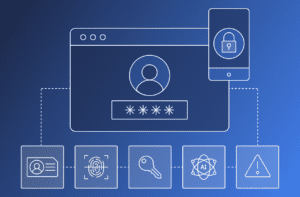
Account Recovery:
Turning Risk into Reward
It’s notoriously difficult to implement an account recovery process that prevents fraud without creating more friction for customers who are already locked out and frustrated. In a US consumer...



